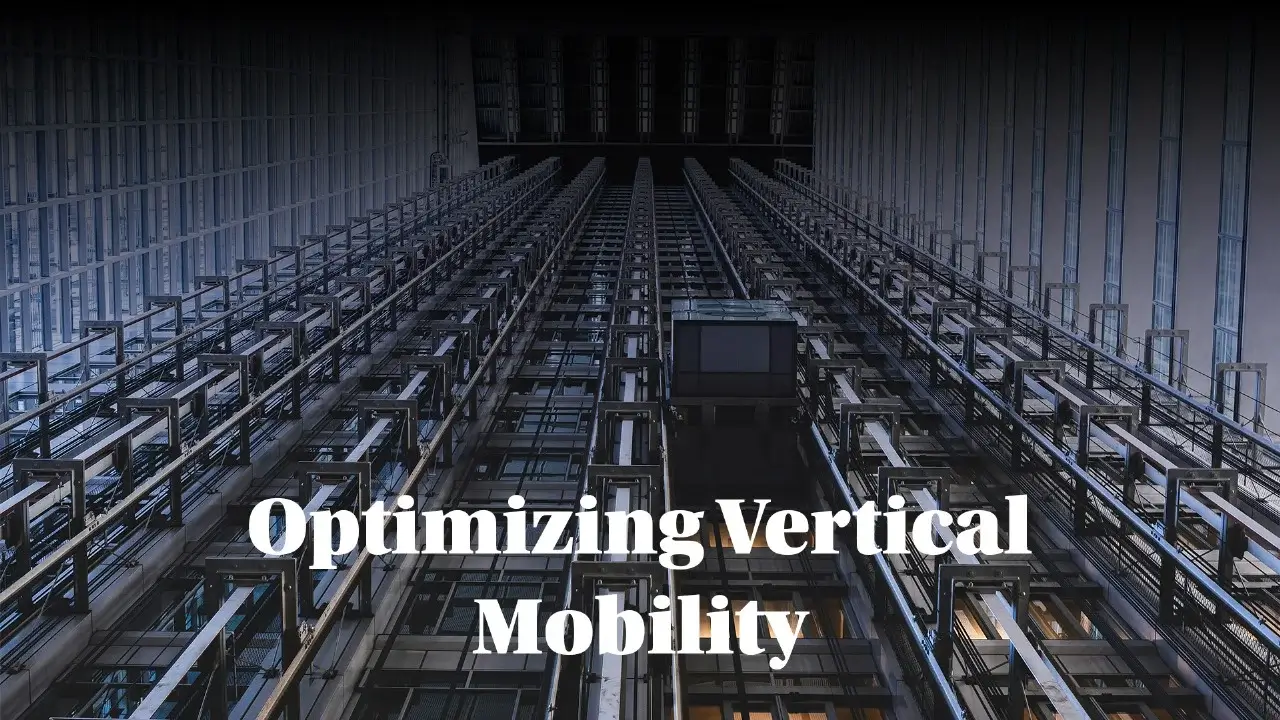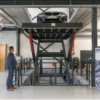In the modern urban landscape, vertical mobility is a crucial component of infrastructure. High-rise buildings, whether they are residential complexes, commercial offices, or public facilities, depend heavily on efficient and reliable elevator systems. To ensure the smooth operation of these vital lift systems, regular elevator maintenance and timely modernization are indispensable. These practices not only enhance safety and performance but also extend the lifespan of the equipment, contributing to the overall efficiency and sustainability of buildings.
The Role of Elevator Maintenance
Elevator maintenance involves routine inspections, cleaning, lubrication, adjustments, and replacements of worn-out parts. This proactive approach is essential for several reasons:
- Safety Assurance: Regular maintenance is critical to identify and rectify potential hazards. It helps prevent accidents caused by mechanical failures, ensuring the safety of passengers and personnel. Maintenance checks often include the inspection of brakes, cables, and safety circuits, which are vital for safe elevator operation.
- Performance Optimization: A well-maintained elevator runs more smoothly and efficiently. Proper lubrication and adjustment reduce friction and wear, leading to quieter and faster rides. Regularly serviced elevators are less likely to suffer from unexpected breakdowns, minimizing downtime and inconvenience for users.
- Cost Efficiency: Preventative maintenance can save building owners significant costs in the long run. Addressing minor issues before they escalate into major problems reduces repair expenses and avoids costly emergency services. Additionally, well-maintained elevators consume less energy, lowering operational costs.
- Regulatory Compliance: Elevator systems are subject to stringent safety regulations and codes. Routine maintenance ensures that these systems comply with local and international standards, avoiding legal liabilities and potential fines.
The Necessity of Elevator Modernization
While maintenance is essential, there comes a point when modernization becomes necessary. Elevator modernization involves updating older lift systems with new technologies and components. This process is crucial for several reasons:
- Enhanced Safety Features: Modern elevators come equipped with advanced safety features such as improved braking systems, emergency communication devices, and fire-resistant materials. Upgrading older systems enhances the overall safety of the building’s vertical transportation.
- Improved Efficiency and Reliability: Modernization can significantly enhance the efficiency of elevator operations. Newer control systems, energy-efficient motors, and updated traction systems reduce energy consumption and improve reliability. These upgrades result in smoother, faster, and more dependable service.
- Increased Capacity and Speed: Older elevators often struggle with the demands of contemporary high-rise buildings. Modernization can increase the carrying capacity and speed of elevators, accommodating more passengers and reducing wait times, which is especially crucial in densely populated buildings.
- Aesthetic and Functional Upgrades: Modernizing an elevator also provides an opportunity to update its aesthetic appeal. Sleek, modern designs and user-friendly interfaces enhance the overall experience for passengers. Additionally, features such as touchless controls and smart destination dispatch systems can be integrated, aligning with the latest technological advancements and improving accessibility.
- Sustainability and Eco-friendliness: Upgrading to energy-efficient systems reduces the carbon footprint of a building. Modern elevators use less power and often incorporate regenerative drive technology, which recycles energy back into the building’s power grid, promoting sustainability.
The Synergy of Maintenance and Modernization
The synergy between regular maintenance and strategic modernization is key to optimizing vertical mobility. Maintenance ensures that current systems operate at their best, while modernization prepares the building for future demands. Together, they contribute to the longevity and efficiency of elevator systems, enhancing the overall functionality and value of the building.
For building owners and managers, investing in both regular elevator maintenance and timely modernization is not just a matter of compliance and safety, but a strategic decision that offers substantial economic and operational benefits. Ensuring the reliability and efficiency of elevator systems ultimately translates into higher tenant satisfaction, increased property value, and a competitive edge in the real estate market.
In conclusion, the importance of elevator maintenance and modernization cannot be overstated. As the backbone of vertical mobility, elevators must be kept in prime condition to meet the evolving needs of urban life. Through diligent maintenance and thoughtful modernization, we can ensure that our lift systems continue to serve us safely, efficiently, and sustainably well into the future.








